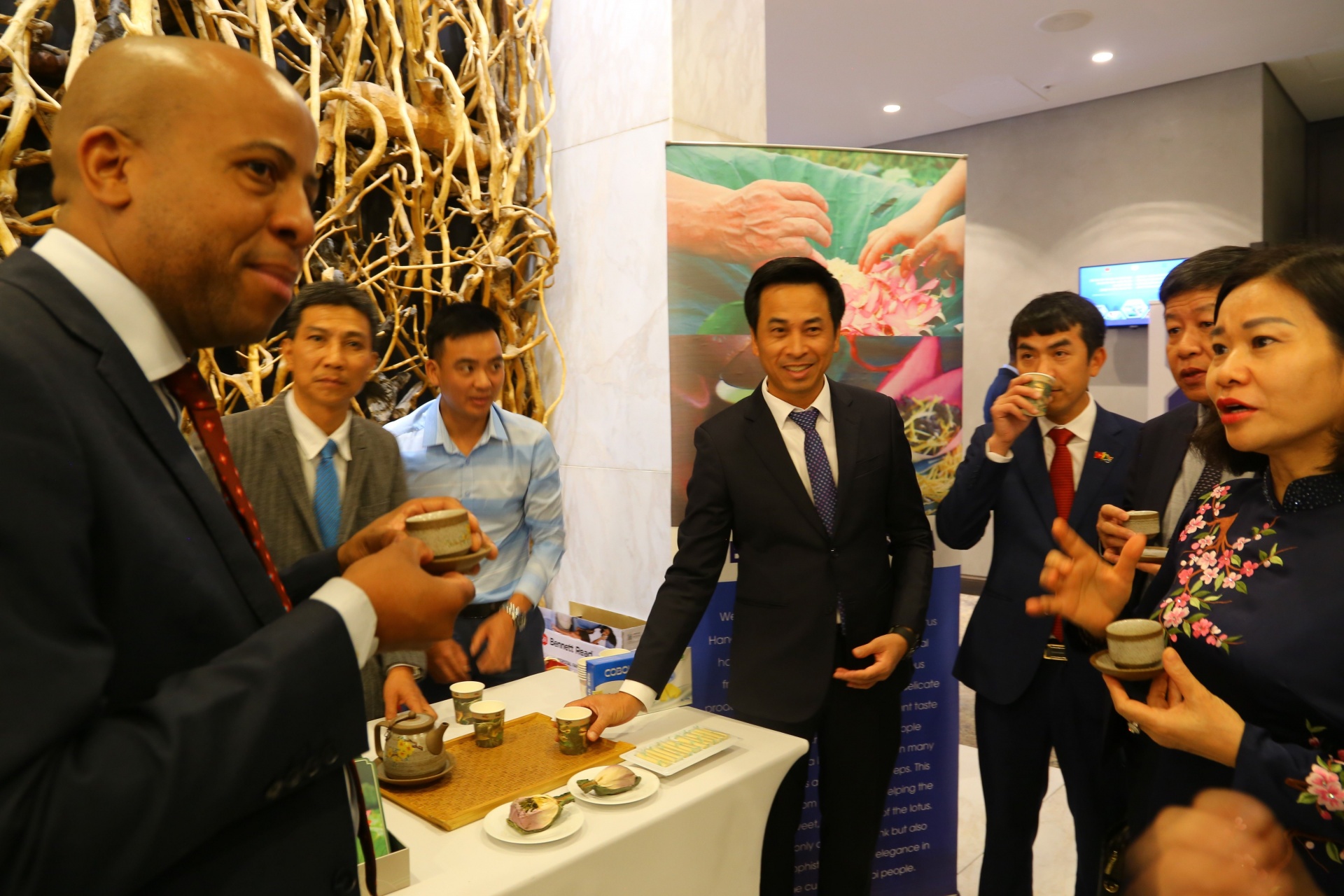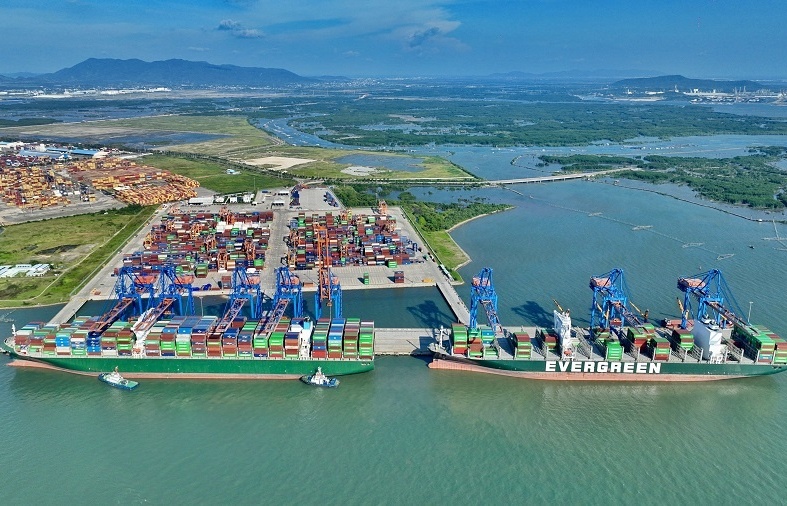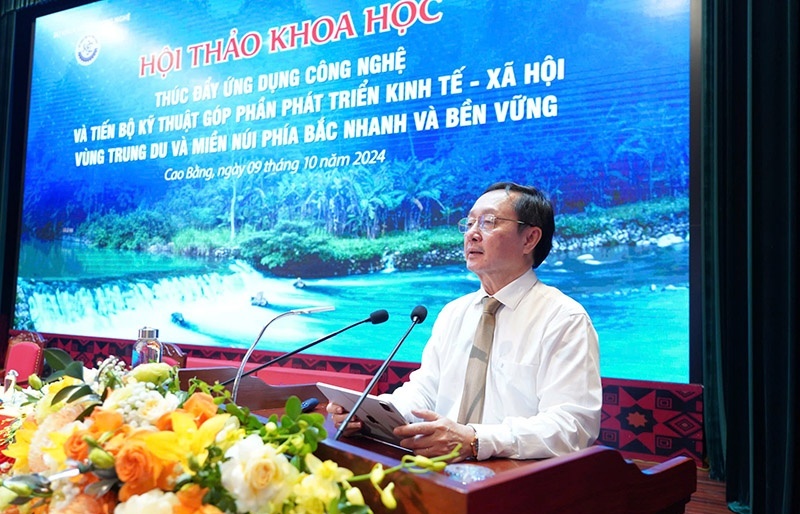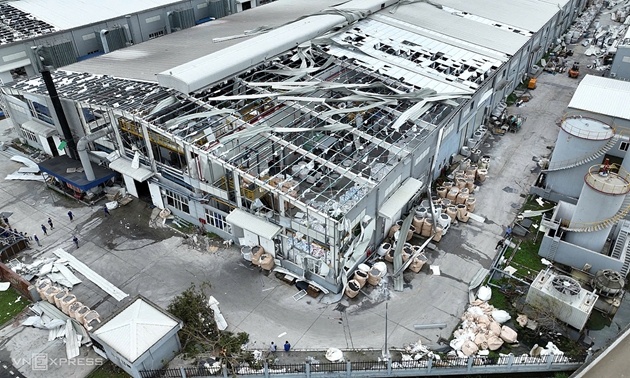SOEs lack real ambition: study
State-owned enterprises are performing below expectations because they have no incentive to improve on mediocre results, a recent study has concluded.
The diagnostic audit was conducted at 42 state-owned enterprises (SOEs), all of which are members of nine giant corporations in the steel, paper, textile, rubber, sugar, seafood, ports, cement and cereal trade/milling industries.
The report revealed that the companies’ average return on equity was just 7.6 per cent, less than the 12 per cent generated by publicly traded firms in China and 24 per cent by publicly traded firms in India.
The audits were conducted as part of the special Miyazawa programme of SOE diagnostic audits, funded by international donors including Japan, Denmark and Australia, and implemented by international audit firms such as KPMG, PricewaterhouseCoopers, Ernst & Young and COWI.
“SOEs under review, as a group, have improved their performance since 1997, but were vastly underperforming due to a lack of positive incentives,” said Igor Artemiev from the World Bank, the task team leader of the programme.
“The average return on equity was lower than in the private sector,” he said, noting that profits did not appear to be the number one priority.
Artemiev added that salary differences between talented and regular staff were not identified as a factor in the companies’ poor performance.
The main consensus of the international consultants conducting the reviews was that while SOEs had the potential to generate significantly higher returns, a number of factors prevented them from doing so.
“The main reason is the absence of fair and workable incentives linked to realistic industry-specific performance targets,” stated the report.
“It is difficult to see how the current distribution of after-tax profits could offer sufficient motivation to SOE management and workers to put in their best efforts,” it stated.
Currently, SOEs are required to put 50 per cent of after-tax profits into an investment and development fund; 10 per cent to the reserve fund and scientific research and training fund; 5 per cent to the creating new job fund; and 5 per cent to the bonus and social welfare fund.
Klaus Rohland, director of the World Bank in Vietnam, said the slow process of transforming SOEs into equitised firms had affected the competitiveness SOEs.
He said spurring on the restructure process was very important under the current context of approaching integration into the World Trade Organization and ASEAN Free Trade Area agreement.
Masayuki Karasawa, chief representative from the Japan Bank for International Cooperation (JBIC) in Hanoi, said that equitisation was not the only solution for SOEs.
Rather, they should pay attention to increasing management skills, improving financial transparency and settling debts to increase competitiveness, he said.
“Most SOEs have high levels of debt, debt/equity proxy ratios tended to run from 150 per cent up, except in cement and rubber,” the World Bank’s Artemiev added.
“Some SOEs experienced difficulties in paying interest, but none of the reviewed 42 SOEs were in the SOCB portfolios of non performing loans.
“No ‘bad debt’ was recorded in the books, interest payments were made, even by SOEs that consultants found to be non-viable in the long run, like Dong Nai Pulp and Paper,” he said.
Le Thi Bang Tam, vice minister of Finance said the poor performance and weak debt settlement of SOEs under the transitional period of Vietnam for integration was a situation that required attention.
“Such assessments on audits of SOEs have been highly appreciated by Ministry of Finance, related ministries, large state-run corporations and SOEs,” she said.
She added that the results would be submitted to the government and viable solutions would be worked out in order to jump start the SOEs transformation process and enhance their competitiveness.
What the stars mean:
★ Poor ★ ★ Promising ★★★ Good ★★★★ Very good ★★★★★ Exceptional
Latest News
More News
- Vietnam’s economy on track for 6.5 per cent growth despite Typhoon Yagi, says HSBC (October 01, 2024 | 16:46)
- Vietnam urges China to expand market access for agricultural products and strengthen trade ties (October 01, 2024 | 16:42)
- IMF predicts Vietnam's economic growth to reach 6.1 per cent in 2024 (September 30, 2024 | 18:26)
- Deli Group breaks ground on $270 million factory in Hai Duong (September 30, 2024 | 18:17)
- Government considering tax on multiple properties (September 27, 2024 | 20:17)
- Accuracy more vital than ever in dawn of AI (September 26, 2024 | 20:44)
- Vietnam remains attractive destination for US businesses (September 26, 2024 | 20:23)
- New innovation centre inaugurated during HEF 2024 (September 25, 2024 | 09:00)
- China's Geely to build $168 million automobile facility with Tasco in Thai Binh (September 24, 2024 | 19:03)
- Spate of claims made in typhoon aftermath (September 19, 2024 | 17:00)




















 Mobile Version
Mobile Version